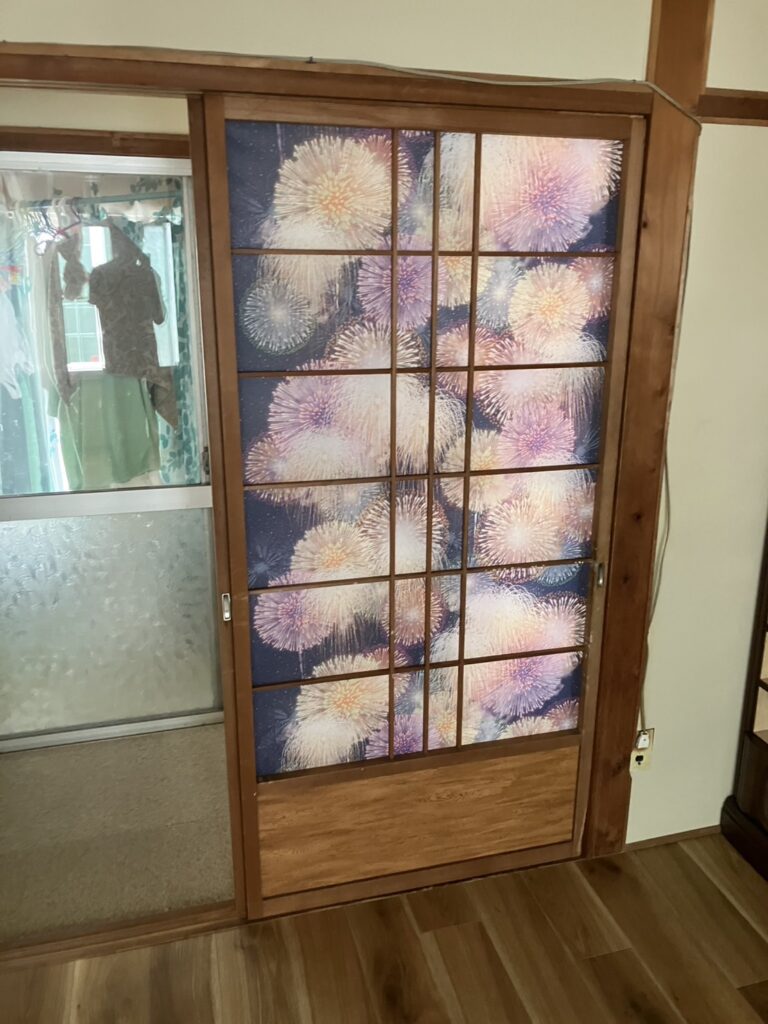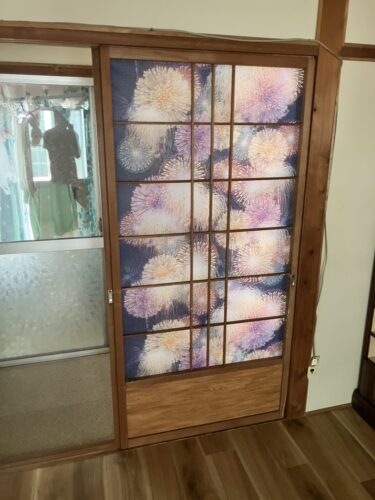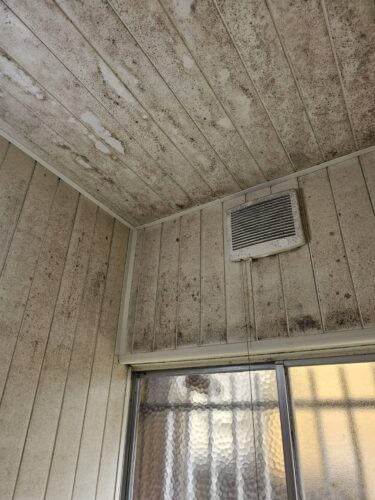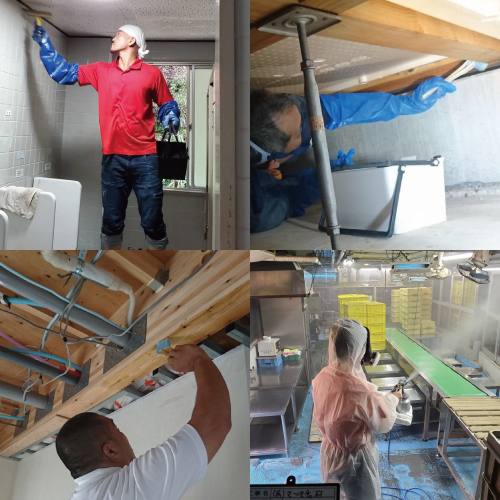Issue raised In airtight houses in Ashiya, moisture can easily accumulate in the attic or under the floor, making it easy for mold problems to occur. If left unattended, this can have serious effects on health and the building. What you will learn by reading this article This article explains the causes of mold that are unique to airtight houses, and provides specific explanations on how to choose a reliable specialist company, the latest methods for mold removal including the MIST method®, and preventive renovations such as replacement and ventilation. Benefits of reading this article We will also introduce examples of construction work and average costs, so you will receive practical suggestions that you can put into action right away and gain the judgment skills to consult with a specialist company with confidence.
1. Mold Problems in Airtight Homes
Airtight homes are designed for energy efficiency and thermal insulation, but their structure also makes them more prone to moisture retention. In areas like Ashiya with a humid climate, mold growth in hard-to-see areas such as ceilings and crawl spaces becomes a significant risk. This section explains the structural traits of airtight homes and the hidden threats of mold they can harbor.
1-1. Features of Airtight Homes and Moisture Accumulation
An airtight home minimizes air leaks to increase energy efficiency. However, this same airtightness traps indoor humidity from daily activities such as cooking, bathing, and breathing. Moisture buildup becomes particularly problematic in winter, when temperature differences between indoors and outdoors cause condensation in walls, ceilings, and floors. Building materials themselves often absorb moisture, creating an ideal environment for mold.
1-2. Hidden Condensation Risks in Ceilings and Crawl Spaces
Ceilings and crawl spaces are often overlooked during routine checks. During winter, condensation often forms in attics due to temperature disparities. Moisture also rises from the ground into crawl spaces, dampening insulation and wood, leading to mold growth. Since these areas are rarely inspected, mold can go unnoticed until it affects the structure or health of the residents.
2. How to Choose a Reliable Mold Specialist in Ashiya
When mold appears, homeowners often struggle to find the right professional. In Ashiya, where mold issues are common, choosing a reliable mold removal specialist is essential. This section outlines how to find trustworthy professionals and what sets them apart from general renovation companies.
2-1. Key Points: Experience, Reviews, and Service Coverage
Look for a company with a strong track record and positive client reviews. Experience with a wide variety of mold cases means better adaptability. Ensure they offer local service and quick on-site assessments. Direct communication and clear explanations are also important signs of a trustworthy company.
2-2. Differences Between Mold Specialists and Renovation Companies
While renovation companies may handle cosmetic improvements, mold specialists address the root causes. Techniques like the MIST Method® provide deep treatment without damaging materials. Specialists also offer preventive solutions to keep mold from returning—something general contractors often overlook.
3. Comparing Mold Removal Methods Used by Professionals
There are various mold removal methods, but professional techniques offer better safety and long-term results. This section compares common approaches and highlights the benefits of modern, non-invasive solutions.
3-1. Features of Advanced Techniques Like MIST Method®
The MIST Method® uses a fine mist of specialized mold remover to penetrate materials and decompose mold at its roots. Unlike traditional methods that rely on scrubbing or bleaching, this technique protects delicate materials and preserves the original appearance. It’s also safe for children and elderly people.
3-2. Comparison with Traditional Methods and Material Safety
Traditional methods like scrubbing or using strong chemicals can damage walls, wood, or insulation. In contrast, modern techniques adjust the solution based on the material, ensuring both safety and effectiveness. Long-term antimicrobial coatings applied afterward help prevent future growth, offering excellent value for the investment.
4. Mold Inspection and Prevention in Ceilings and Crawl Spaces
Because mold often hides in unseen spaces, regular inspection and preventive action are crucial. This section outlines what to check and how to make hidden spaces more resistant to mold.
4-1. Key Inspection Points
Use a strong flashlight to inspect ceilings for discoloration or damp insulation. In crawl spaces, check for ground moisture, wood discoloration, or damaged insulation. Perform checks at least once a year, especially after humid seasons.
4-2. Improving Ventilation with Vents and Systems
Installing vents or automatic ventilation systems helps maintain airflow in closed areas. Smart systems can operate automatically when humidity rises. A full-home ventilation system can further balance indoor air, preventing mold-favorable conditions.
5. Mold Risks from Poor Ventilation and Structural Solutions
Poor ventilation is a leading cause of mold in airtight homes. This section explains the dangers and structural remedies.
5-1. Types of Ventilation Systems and Their Benefits
There are natural, mechanical, and heat-recovery systems. Mechanical systems like “Type 1” use fans to control airflow, providing the best results. Heat-recovery systems also preserve room temperature and humidity, enhancing energy efficiency and preventing mold.
5-2. Renovation Measures After Improving Ventilation
If mold already exists, it must be removed before renovation. Wet insulation may need replacing, and moisture barriers or anti-mold materials should be added. Work with mold specialists to ensure long-term prevention.
6. Mold Prevention After Removal
Mold removal is only half the battle. Without preventive steps, it can return. This section explains effective post-removal strategies.
6-1. Importance of Anti-Mold and Antibacterial Coatings
After mold is removed, applying anti-mold coatings helps block new growth. The MIST Method® includes such treatments that penetrate deeply into materials. These coatings also neutralize airborne mold, improving overall air quality.
6-2. Humidity and Air Control Tips
Keep indoor humidity between 40% and 60%. Use dehumidifiers and ventilate humid areas like bathrooms and kitchens. Leave space between furniture and walls to allow airflow, reducing mold risk.
7. DIY Limitations and When to Call a Professional
DIY solutions can seem cost-effective but are often ineffective for serious mold. This section covers the risks and when to consult a specialist.
7-1. Risks and Limitations of DIY Methods
Store-bought products may clean visible mold but don’t remove deep-rooted colonies. Harsh chemicals can damage materials and pose health risks, especially in enclosed spaces.
7-2. When to Call a Mold Specialist
Call a pro if the mold covers more than 1㎡, keeps returning, or appears in hidden areas like ceilings or crawl spaces. Specialists offer accurate diagnosis and targeted solutions, preventing costly structural damage.
8. Key Mold Prevention Tips During Renovation
Renovation is the perfect time to implement mold prevention. This section explains what to prioritize during remodeling.
8-1. Choosing the Right Materials
Use moisture-resistant insulation and install ground moisture barriers in crawl spaces. Mold-resistant paint and drywall also enhance durability and hygiene.
8-2. Things to Confirm During and After Construction
Ensure contractors handle moisture control properly. Post-construction, check for proper airflow and dryness using a hygrometer. Regular inspections help maintain a mold-free environment.
9. Real Mold Removal Cases in Ashiya and Cost Estimates
Understanding real-world cases helps put mold issues in perspective. This section provides examples from Ashiya and average cost information.
9-1. Attic and Crawl Space Case Studies
In one case, severe attic mold was causing health symptoms. MIST Method® was used to remove it without damaging insulation. Another case involved crawl space mold due to soil moisture. After mold removal, ventilation and protective barriers were installed.
9-2. Cost Overview (With and Without Renovation)
Attic mold removal typically ranges from ¥50,000 to ¥200,000. Crawl space work ranges from ¥100,000 to ¥300,000. With renovation, full solutions can exceed ¥300,000, but offer lasting results and value.
10. Toward a Healthy, Mold-Free Home: Final Advice
Mold affects not only aesthetics but also health and structural safety. This final section summarizes steps toward a safe living space.
10-1. Steps to Achieve a Healthy Home
To reduce mold risks, follow the 3-step approach: ventilation, removal, and prevention. Use professional services like the MIST Method® for deep, lasting results and peace of mind.
10-2. Consultation and Service Process
If you suspect mold, contact a local expert for an on-site evaluation. Many companies offer free estimates and can provide comprehensive plans. In Ashiya and throughout Japan, reliable mold specialists are available to help.
For mold removal and mold prevention, contact Mold Busters Osaka and Mold Removal Reform Tokyo/Nagoya If you are having trouble with mold problems in your home, please contact [Mold Busters Osaka] and [Mold Removal Reform Tokyo/Nagoya]. We are a mold removal and prevention service operated by Taiko Kenso Co., Ltd. We have earned the trust of customers in Ashiya and all over the country thanks to the technology and track record we have cultivated over the years. Our strength is that our proprietary “MIST Method®” can decompose and remove mold from the root without damaging the material. Even in hard-to-reach places such as the attic or under the floor, we can reliably remove mold down to the root, and prevent recurrence with a highly safe anti-mold treatment. Since we use treatment agents that are gentle on the human body, we can be used safely in homes with small children or elderly people, as well as in medical facilities and educational institutions. In addition, our company [Taiko Kenso Co., Ltd.] not only removes mold, but also engages in home renovation business. We offer a wide range of renovation services, including water-related, interior and exterior, insulation, soundproofing, and barrier-free renovation, and we propose renovations that emphasize design, functionality, and comfort. Taiko Kenso’s greatest strength is that we can handle both mold removal and renovation at the same time, rather than just one of them. For example, by removing and treating the wall where mold has been confirmed, we can immediately begin renovation work, which shortens the construction period and optimizes costs. “I want to improve the living environment from the ground up so that mold does not recur.” “I want to do a renovation that is not only beautiful in appearance, but also safe for health.” For customers who have such wishes, Mold Busters Osaka and Mold Removal Renovation Tokyo and Nagoya are the perfect partners. We provide total support from mold removal to renovation, and help you create a safe and comfortable home. We also offer free diagnosis and consultations, so please feel free to contact us. We will listen to your concerns and provide you with the best suggestions. Let’s take the first step to protect the health of your home with us. Ask ChatGPT a question





